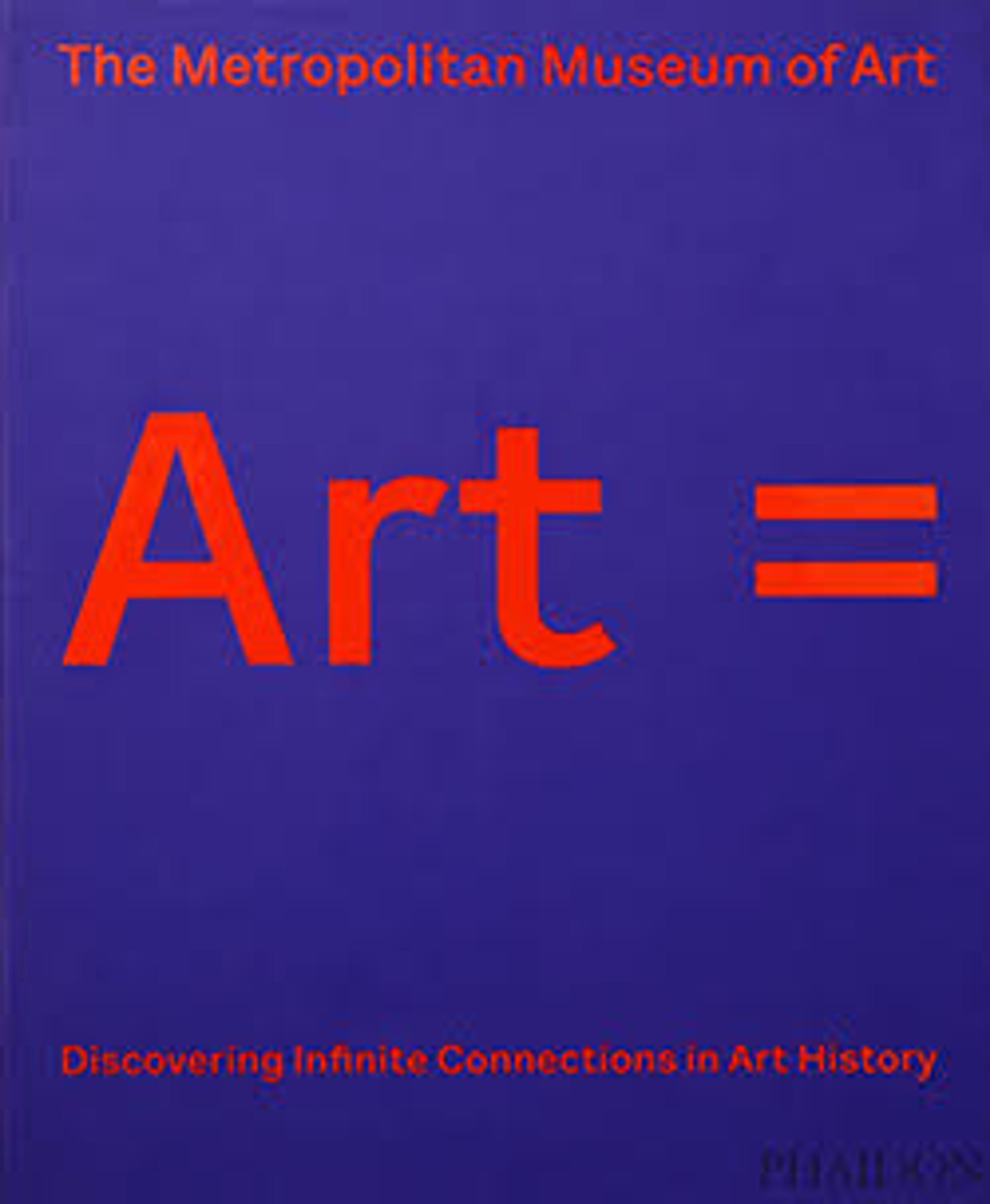English
The Love Song
Burne-Jones exhibited this painting with the lyrics "Alas, I know a love song, / Sad or happy, each in turn." Cupid, with arrows slung over his shoulder, pumps the organ at right. Burne-Jones associated the scene with his affair with artist and model Maria Zambaco (1843–1914). More broadly, the picture reflects the embrace of music as a model for art that appeals directly to the emotions. As one critic said of this painting, "There is no story: nothing to guess at, but everything to feel." It was first owned by businessman William Graham, who commissioned the Small Briar Rose series displayed nearby. Also on view are works by, and a bust of, Puvis de Chavannes, who championed Burne-Jones’s art in France. Their shared devotion to an idealized and dreamlike past earned Puvis the moniker "the French Burne-Jones."
Artwork Details
- Title: The Love Song
- Artist: Sir Edward Burne-Jones (British, Birmingham 1833–1898 Fulham)
- Date: 1868–77
- Medium: Oil on canvas
- Dimensions: 45 x 61 3/8 in. (114.3 x 155.9 cm)
- Classification: Paintings
- Credit Line: The Alfred N. Punnett Endowment Fund, 1947
- Object Number: 47.26
- Curatorial Department: European Paintings
Audio
6003. The Love Song
0:00
0:00
We're sorry, the transcript for this audio track is not available at this time. Please email info@metmuseum.org to request a transcript for this track.
More Artwork
Research Resources
The Met provides unparalleled resources for research and welcomes an international community of students and scholars. The Met's Open Access API is where creators and researchers can connect to the The Met collection. Open Access data and public domain images are available for unrestricted commercial and noncommercial use without permission or fee.
To request images under copyright and other restrictions, please use this Image Request form.
Feedback
We continue to research and examine historical and cultural context for objects in The Met collection. If you have comments or questions about this object record, please contact us using the form below. The Museum looks forward to receiving your comments.
